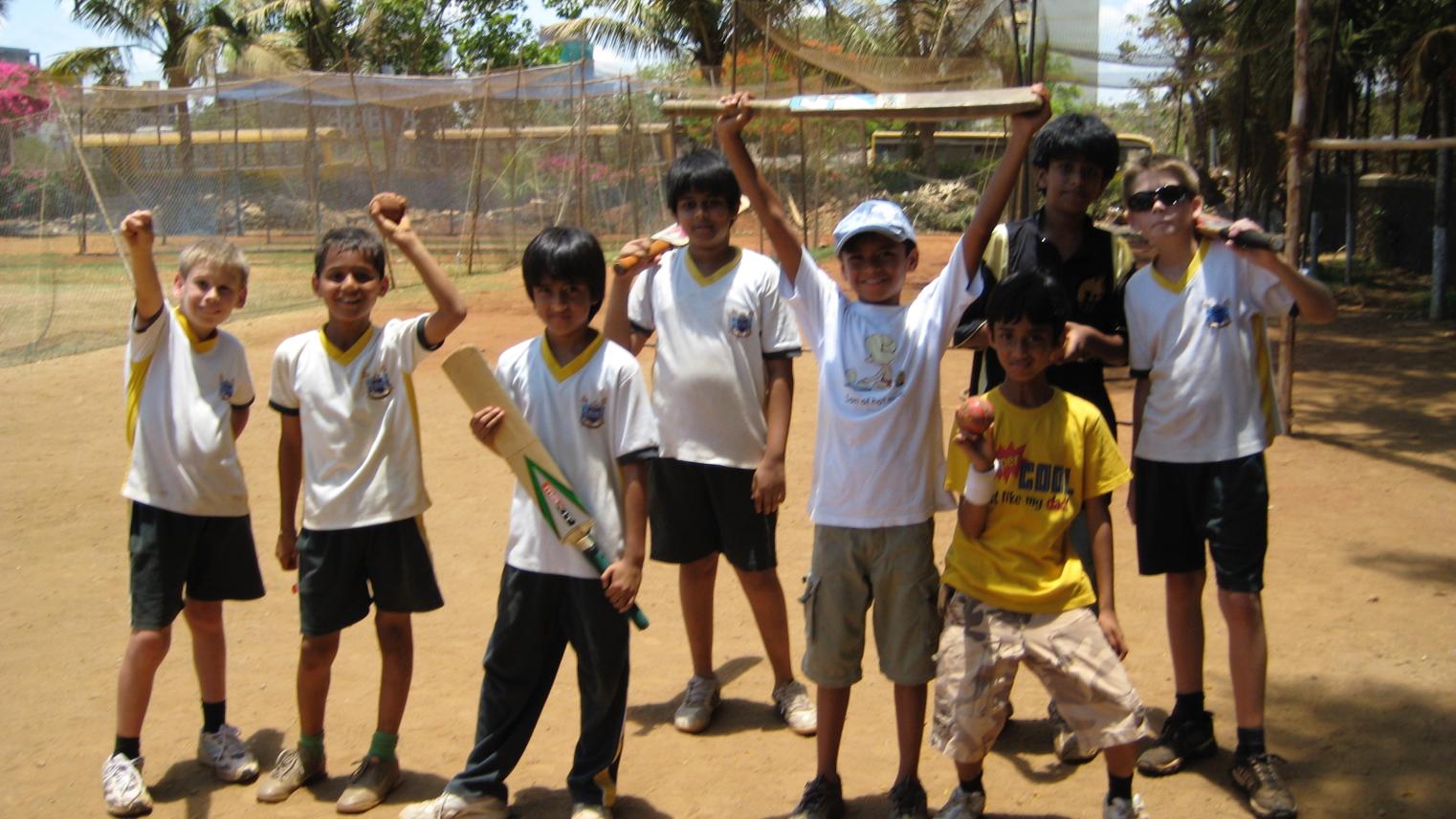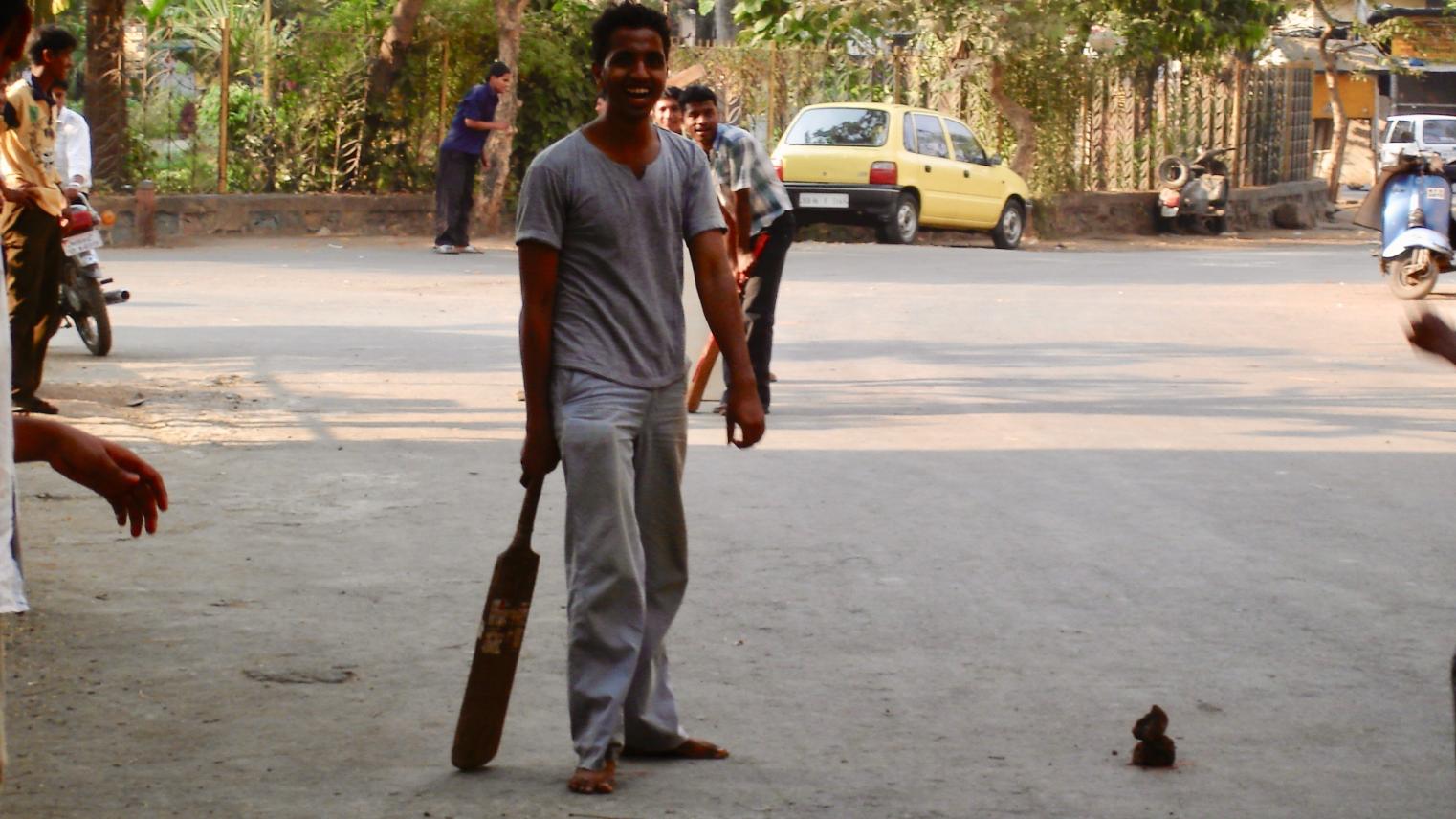Fielding an Interesting Innings: Meet CHL PhD Candidate Geoffrey Piggott
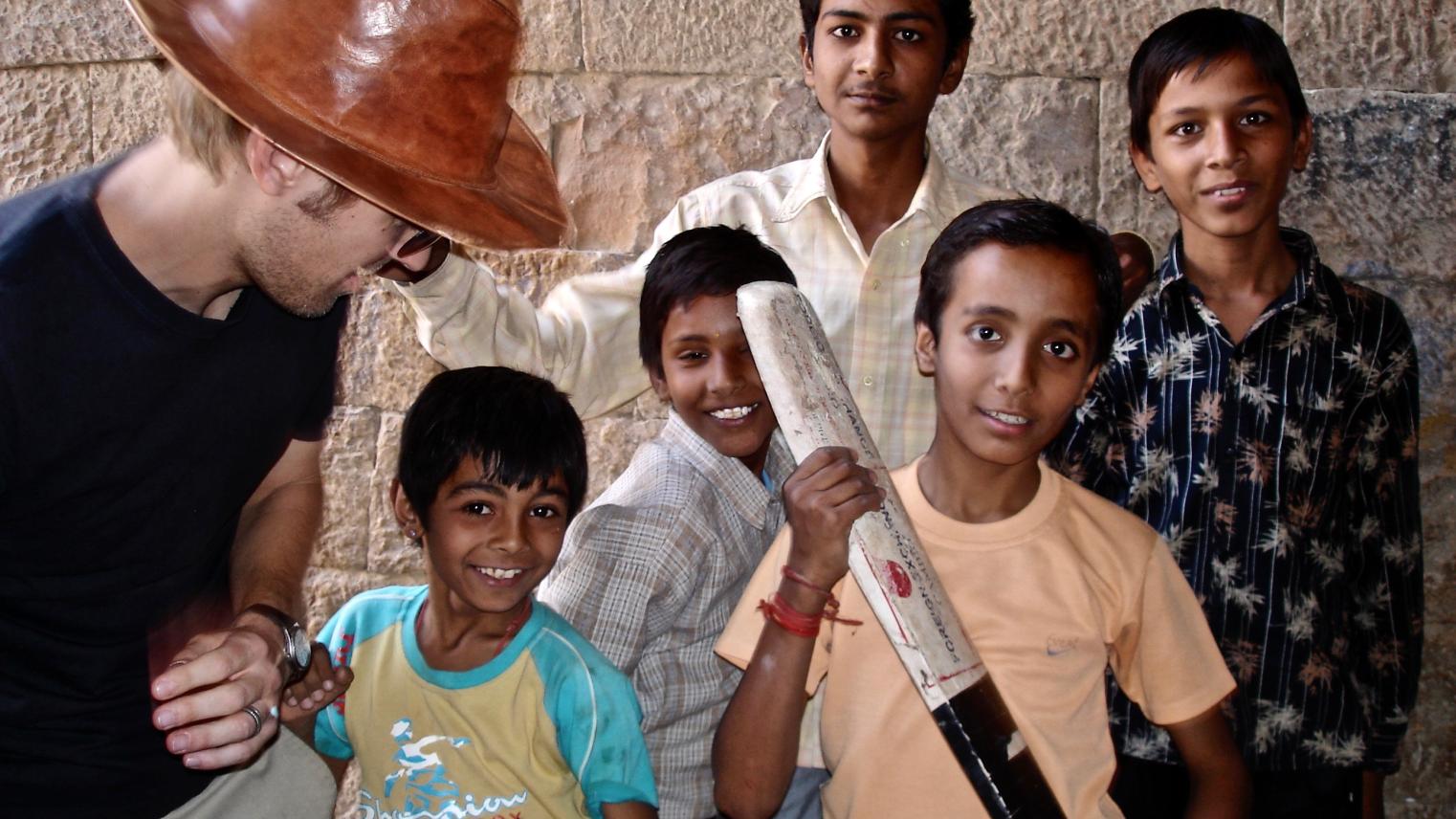
What do cricket, culture, politics and colonialism have in common? Quite a lot, according to the scoreboard of CHL PhD Candidate Geoff Piggott, who is on a mission to clean bowl the world of research with his very novel and interesting thesis subject. In the days leading up to the recent International Men’s Cricket World Cup, we conversed in depth with Geoff, and this culminated in him authoring this opinion piece with a very unique take on the subject of cricket.
In the days since last Sunday’s Cricket World Cup final, I’ve found myself in quite an unfamiliar position; people seem happy to hear from me. Over the decades, as an Australian supporter with many cricket-loving friends from India and other parts of the cricketing world, I’ve learnt to be quite circumspect after a victory. But this time, something has been different. I’ve had messages of disappointment but congratulations from India. One summed up the sentiment with “Oh India, they just never got going. We have all these great players, but then Australia never let them play. What can you do?” Meanwhile, from New Zealand, and even England, there have been unprecedented expressions of happiness at an Australian victory.
What explains this? Going into the game, Australia had hope, but little expectation. The underdog. It was a stark contrast to the last time these two teams met in a World Cup final. In 2003, an Australian team at the peak of its dominant period steamrolled an upcoming Indian team, the game a squashing of hope. Twenty years later, the positions had reversed. India were unbeaten in the tournament, riding a wave of home town support while blasting past helpless opponents. It’s a situation reflective of the radical shift in power in the sport in the intervening two decades.
The Toss
My thesis looks at the relationship between Australia and India in the sport of cricket and, more broadly, the position of cultural practices founded in the logics of colonialism in contemporary intercultural relationships. Choosing this area for my research was a fairly natural merging of my academic and personal interests.
I grew up in country Victoria, where sporting clubs were central to small-town life, and cricket (both watching and playing) dominated the summer months. I never lost my love of the game, and later played for clubs in Melbourne and in England. In 2006, I moved to India for a job as an English literature teacher at an international school in Mumbai. Like many Australians, I found that often, the first topic of conversation was cricket. For me, this was wonderful; I was very happy to talk about the game for hours on end. Following an inquiry as to name and nationality, the next line at that time was almost invariably, “Steven Waugh, very intelligent captain”. And then we were away. Some people were more knowledgeable than others, as I found when a young man on a train once told me that he loved the great Australian batsman, Ricky Martin.
Coaching a school team which played on Mumbai's legendary Oval Maidan, joining an informal match on the riverside ghats of Varanasi (having to avoid hitting the ball towards the river to avoid disturbing the bathing pilgrims) or in the labyrinthine alleys of the fort in Jaisalmer, or coming home to no less than three dedicated cricket channels on TV were just some of the ways the game infused everyday life.
From this time living there, and from the fact that when my wife and I returned to Australia there seemed to be for the most part a very superficial understanding of India, I became interested in the way that contemporary India was represented and understood in Australia. This led to a Masters in Asian and Pacific Studies at ANU, in which my research project looked at the extent to which popular, English language non-fiction narrative literature about contemporary Mumbai might facilitate empathetic understandings across the cultural divide. Wanting to take this further, I looked to cricket, which– despite a strong strand in the academic discourse which has for a long time claimed that the game’s colonial origins make it unsuitable for an ongoing meaningful relationship between the countries – is still the most significant point of popular cultural contact between Australia and India.
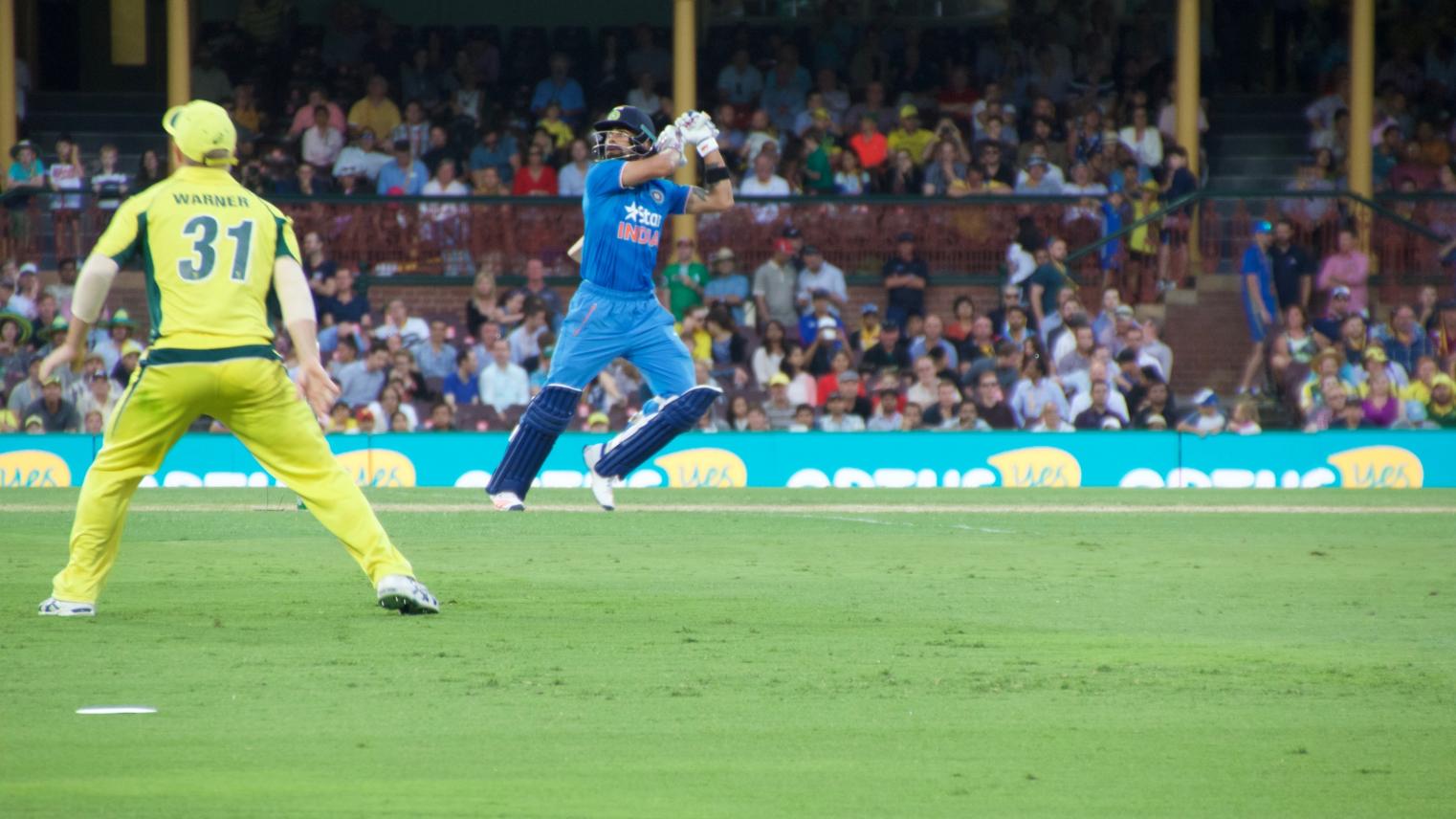
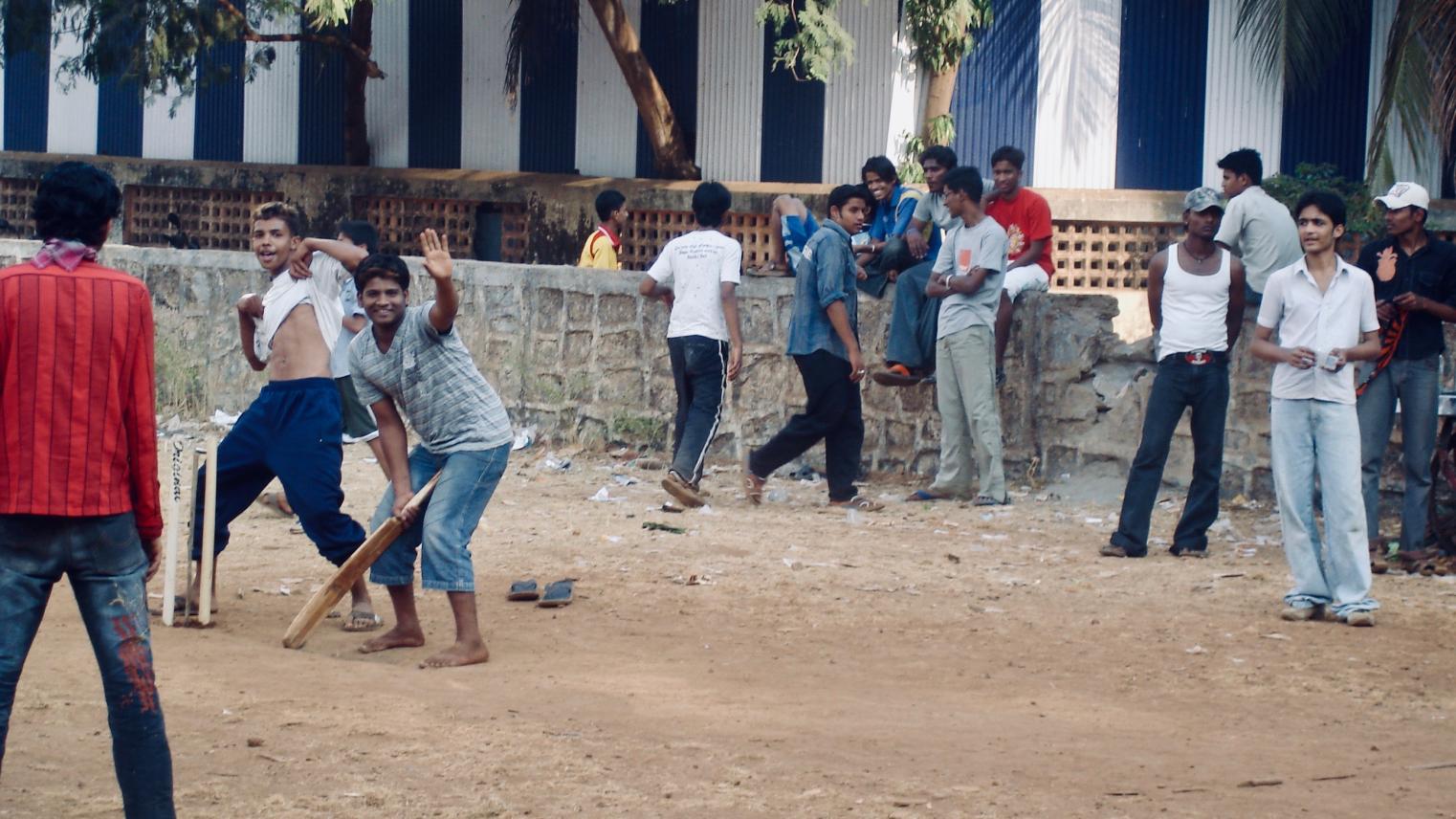
Power Play
Cricket also, in a world where there is much speculation about shifting power dynamics and the rise of new great powers including India, provides an example of a cultural sphere in which the transition away from western (in this case, largely English and Australian) power has already happened, and has done so rapidly and undisputedly. Another way of looking at this is that colonial power dynamics have been inverted. My work looks at how these changing power dynamics have been navigated and what that might mean for intercultural understanding between Australia and India. And that’s how I arrived at the topic of my thesis, which is Australia-India Cricket and the Possibility of Cosmopolitan Understandings in the Shadow of Colonialism. Through it, I hope to not only add to academic discourse on what I call post-postcolonial relationships, but also explore how we might move on from the racial and cultural hierarchies of the past while also maintaining beloved cultural traditions. At a practical level, I hope to emphasise the importance to the sport’s health in Australia of an evolution of attitudes which will draw Australia’s rapidly growing South Asian communities into the sport more fully and allow it to keep in pace with rapidly changing attitudes to Australia’s colonial history.
The Match Highlights
Undoubtedly the highlight of the research process has been the people I've had the chance to meet. I interviewed playing greats of the game, including Ian Chappell and Mike Hussey (who was whiling away the time in a Mumbai hotel room doing quarantine before a stint commentating on the IPL), legendary journalists including Mike Coward and Sharda Ugra, and great thinkers on the game such as Ramachandra Guha and Gideon Haigh, all people whose deeds and words have punctuated the life of cricket lovers of my generation.
As much of my research coincided with Covid, I found many of my respondents had the time and space to chat in a way that might not otherwise have been possible. One of my favourite interviews was with prominent player-agent and businessman Neil Maxwell, who was the pioneer of what is now the enormously lucrative projection of Australian cricketers into the Indian market. The circumstances of the interview summed up the wonderful dichotomy of contemporary cricket, the somewhat uneasy but indivisible connection between the small cricket clubs of Australia and the billions of dollars on offer in India. Here was a man who had made a successful career out of the hyper-commercial world of global sport, a former IPL franchise CEO, speaking about corporate deals and the international politics of the game as he journeyed through Australian cricketing heartland, talking to me while driving from Sydney to the NSW north coast to return the car his parents had loaned to his son to learn to drive.
Beyond the sport's luminaries, another delightful aspect of my research has been the level of interest and opinion from those outside the sport. At academic conferences, I'd field questions about what I thought of Steve Waugh's captaincy in 2001, or whether I agreed with an umpiring decision from 15 years ago, and I received emails from lovers of the game who had heard about my research.

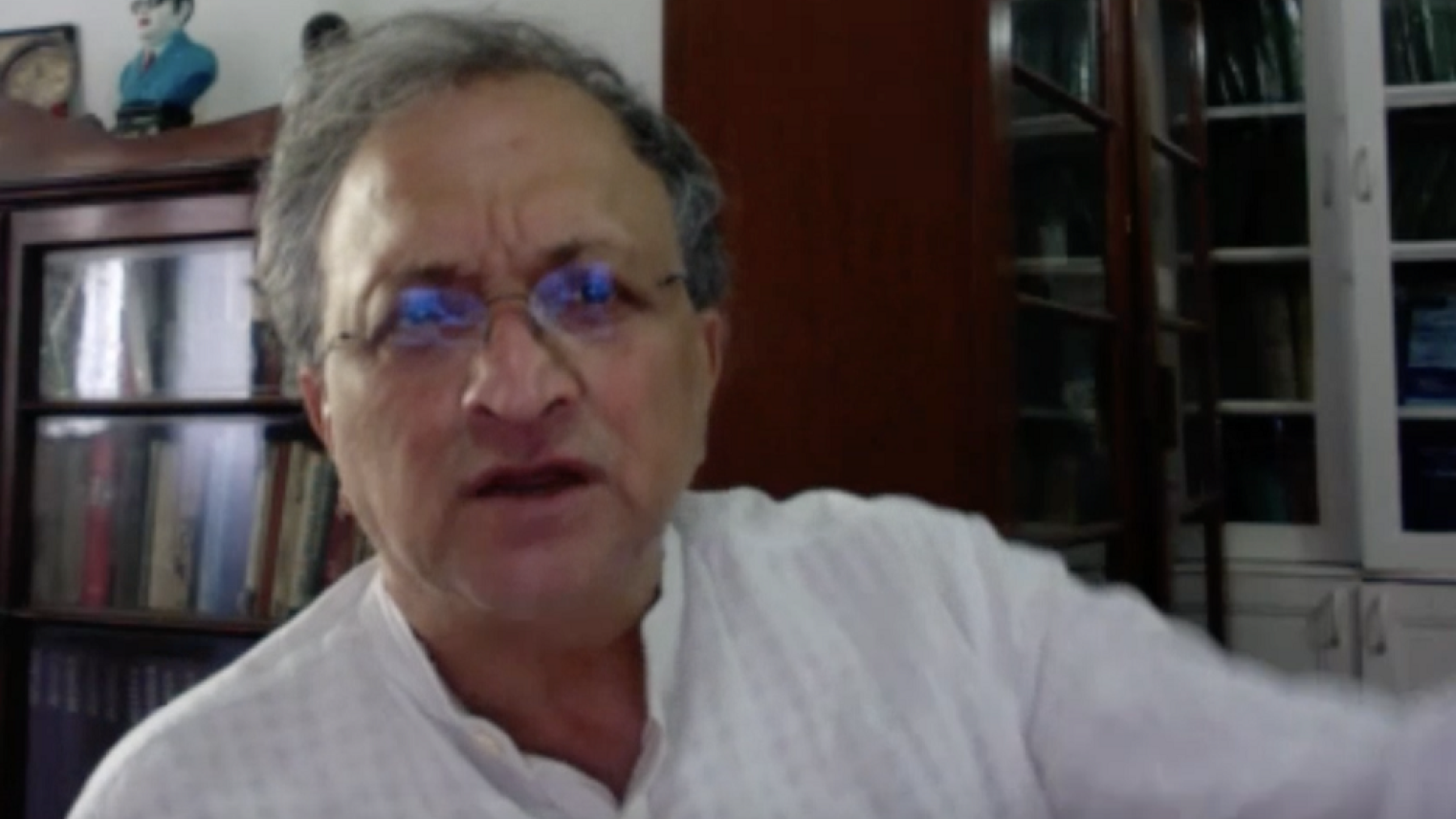
Trouble at the Crease
Despite all the joy I took in researching cricket, my research did not unearth an entirely rosy picture of harmony. I found that on the whole – during the period of transition from the late 1990s and through the first decade of the new century – Australia’s adaptation to rising Indian power was driven by an economic and political pragmatism, rather than a significant deepening of cultural understanding. But I also found that out of the conflicts that emerged in the early part of the 2000s, a previously absent narrative linking the two countries developed; there has been an explosion in nostalgic content consumption in sport, and it is through this that a deepening Australian respect and recognition of India’s success and the way it plays the game has emerged.
The Ultimate Stumping?
And as for the current World Cup? Well, I never like to claim I picked a winner, but I was pretty confident about the finalists! How could you go past the most successful country in the history of the game playing against the new unrivalled power? No doubt, as much of the reporting of the tournament outside of India has focused on, the tournament was designed as a showcase of India's dominance of the sport.
There are big challenges facing the sport because of India’s financial clout and the growing connections between cricket and politics. Despite all of this, the simple fact that 130,000 Indian fans in the stadium – and hundreds of millions, possibly billions, around the world watching – would rather have Australia play in the final than any other team, shows the potential the game continues to have in continuing to animate the relationship between the countries.
Advice for New Cricketers on the HDR Crease…
For those who might be thinking of embarking on HDR research in CHL, I would recommend one key thing: follow a passion. I have had terrific support from my primary supervisor, Associate Professor Shameem Black, and my supervisory panel members Professor Matt Tomlinson and Professor Assa Doron, as well as administrative officer Etsuko Mason; however, a PhD is a long journey, and there will be many moments of self-doubt; being able to learn new things and discover different perspectives on something I thought I knew well has been key to sustaining me along the way.
Close to a Century…
Currently, Geoff has completed his half-century and we are all waiting in anticipation for him to reach that century, when he completes and submits his PhD thesis. All the best, Geoff, and we will continue to watch you play until you’re ready to return to the pavilion!
